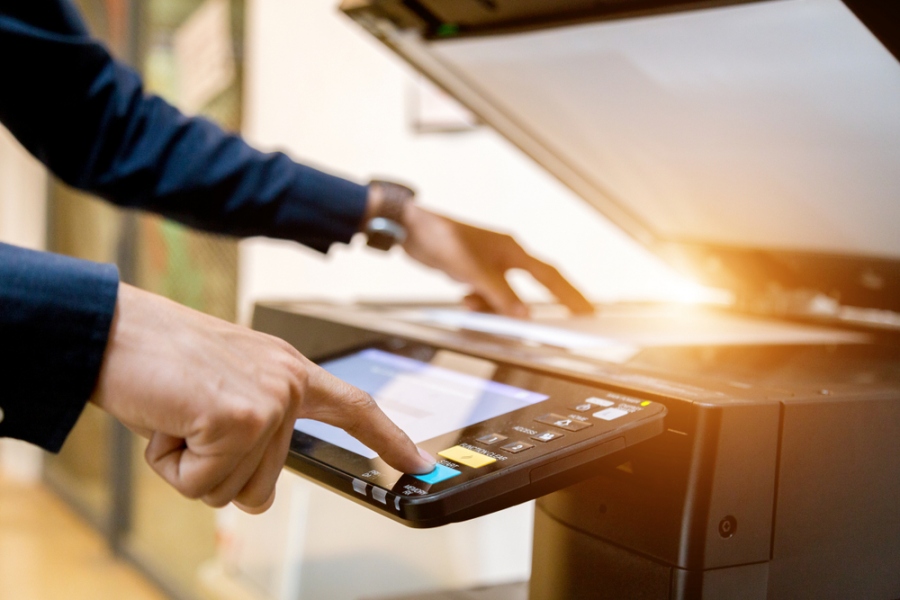Though for quite some time now, there has been a lot of talk about offices becoming paperless, over the next several years or more, it’s unlikely to occur in its entirety. For many businesses, there’s a remaining requirement for documented data to be printed and for information to be available in hard copy.
Choosing The Best Printing Solution For Your Office
Prior to beginning the search for a specific type of office printer, you need to determine your business’ printing needs. Here are some questions to be asking to help make this decision clearer.
- Does your office produce a large amount of printed material?
- Does your office printer belong to a network?
- Is there a significant requirement for colour printing?
Multifunction Printers
The smaller-sized office that only has a limited need for printing (and perhaps some faxing and scanning needs too) would be fine with a multifunctional printer. At least until, or if, the business grows.
Multifunction printers are inexpensive while they are of decent quality in terms of print output. However, multifunctional printers are not suited to heavier print loads.
‘Office’ Printers
For the office that produces a sizeable volume of printed material each day, an ‘office’ printer ought to be considered. A typical ‘office’ printer is durable and is best at providing quality reasonable lazer prints in quantity.
This type of machine will cost more upfront than the multifunction counterpart but the toner lasts longer and this alone will save money given that toner is expensive.
If you don’t have a need for colour printing then look for a quality monochrome laser office printer. It should have the capacity to print approximately 1,000 pages on one single toner cartridge.
If you do wish to invest in a laser printer for your office you should keep paper-supply issues in mind. For a persistent volume of print materials, you will want the printer to come with a paper tray that can stock at least 250 sheets. Either this or one that comes with two separate paper trays – one tray for A4-sized paper and the other depending on your need, be that A3, A5, or something else.
Think about the printer’s memory: with a larger memory, you can run larger-sized graphics and documents with ease.
Printer Network
If your new printer is to be part of your office’s network, you’ll need a printer that is able to manage input from a variety of computers.
For the smaller office, the majority of available printers are already set up to handle relatively simplistic networking needs. For the larger office, you should invest in a network laser printer that is able to handle the varying demands of many people
This type of printer can connect to a local area network, otherwise referred to as a LAN.
Network printers can typically handle many different paper types and usually, they have the capacity to print 30 pages and perhaps more per minute.
Be sure to check the printer drawers in terms of depth. The drawers must be deep enough to handle the paper-supply demands that network usage makes on them.
Colour Printing
If you have a need for a significant amount of colour printing, perhaps for promotional materials or for presentations, you may wish to invest in a dedicated colour printer.
A dedicated colour printer means you can print colour materials that are higher quality while you are using your other printer/s in your office to run off more standard documents.
If there’s a regular requirement for printing colour photographs, your machine will need to have a photo cartridge. This cartridge will be more effective when the machine is fed with high-gloss photographic paper.
You could, in fact, make an investment in a relatively basic inkjet colour printer as opposed to a colour laser printer. Even though inkjet printers are far less common than before due to high-quality colour laser printers being much more affordable, inkjets do provide excellent quality colour copies.
Inkjets, though, do work more slowly than their laser counterparts. But quality inkjet printers can be had for extremely reasonable prices.
For a colour inkjet printer, the price of ink can be a substantial cost. If you decide that the print quality is worthy of this cost, you can invest in an inkjet that will serve as a second printer. Your office’s laser printer can be used for standard printing of documents.



